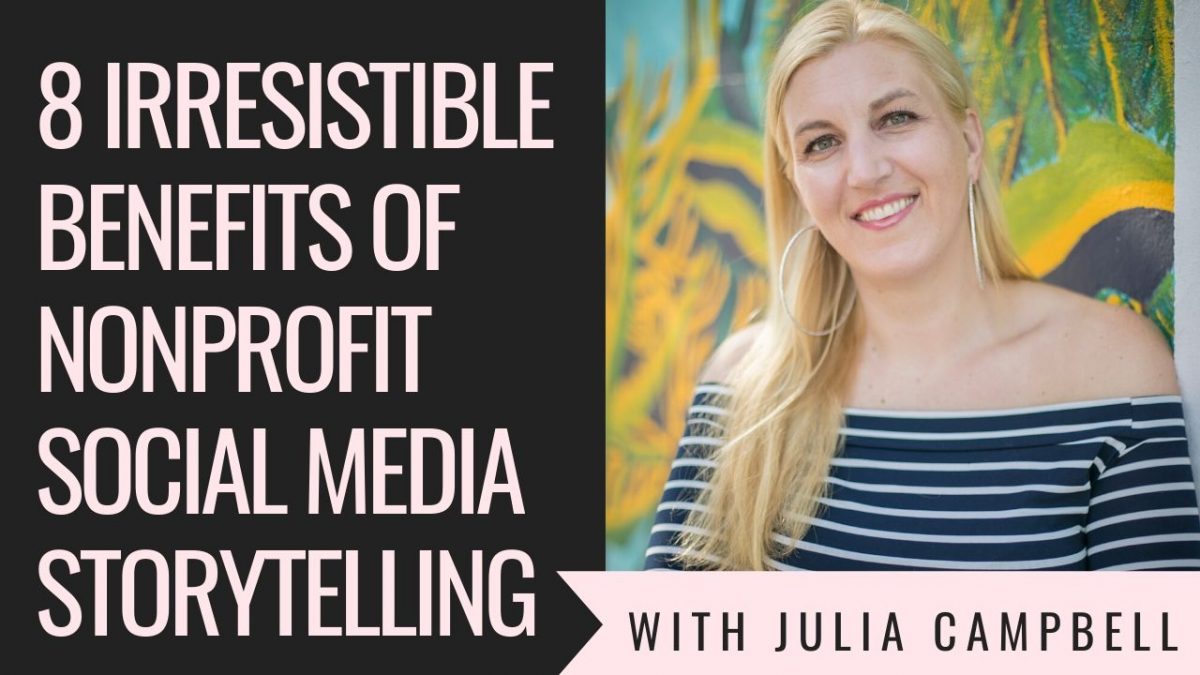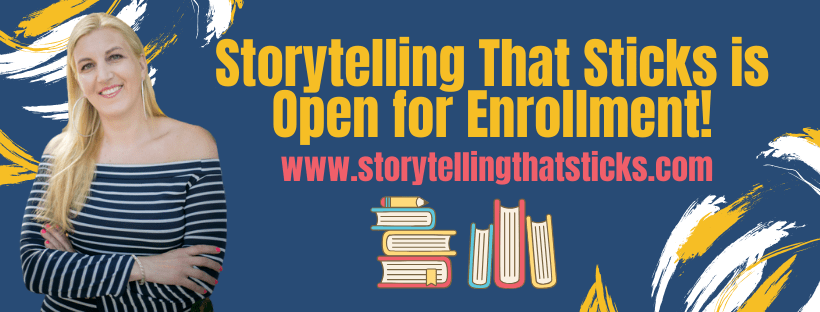There are a myriad of benefits that can be gained through a strategic online foray into nonprofit social media storytelling – benefits that will resonate throughout the entire organization, from donors to clients to staff.
Here are just some of the many benefits that nonprofits have enjoyed by using stories in their communications and fundraising efforts:
1. Seeing your mission with a more critical eye.
Yes, we know why we do what we do, but can we tell it in a way that will make complete strangers care?
Collecting and telling stories out in the open forces nonprofits to answer uncomfortable questions. Most importantly, the sheer amount of information, online and off, competing for your donors’ attention should make nonprofit professionals to dig deep into the vital question – Why should anyone care?
Can you make people care deeply about your mission? Can your message cut through the clutter and the noise? And if not, what are you doing wrong, and how can you improve?
You know why you what you do, why people should donate, volunteer, attend events. But can you convey this?
2. Increased media attention.
Medical and law journals love dry statistics and research. Human beings, and most media outlets, love stories.
If you want to get in The New York Times or your local journal, having an interesting or unique story can lead to increased media coverage for the organization.
3. Bigger financial commitments from donors.
Donors are giving you their money, and they want to know that they are changing real lives. Hearing stories about the population served strengthens the bond with donors and can inspire them to share your good work with others.
If your nonprofit is to survive, you must have a comprehensive donor relations program – one that involves research, stewardship, acknowledgment and cultivation.
Social media and storytelling play an integral part in these four steps. They assist nonprofit staff in making personal connections, conveying impact and learning more about who supports your program.
4. Word-of-mouth marketing.
Telling compelling stories that get shared via social media exposes your message to new people. Your Board is constantly asking you – where can we find new donors and supporters? Online!
When a supporter shares a story posted on your Facebook Page or retweets your tweet, their friends, family members and personal social network gets exposed to your organization. This helps you in your quest to spread the word about your programs and services to new people who may need them, as well as to people who may advocate for your cause.
5. Standing out.
There is so much information clutter and noise out there, competing for our attention every second. To combat this information overload, use stories.
Digital tools enable a nonprofit to provide a richer and more comprehensive picture of itself and its mission.
Videos and photos that tell the story of your organization add up to a much more interesting experience for a potential supporter.
Stories told via Facebook or Instagram are certainly more eye-catching and memorable than a black and white photocopied annual report (and may even be cheaper due to printing and mailing costs).
6. Making better communicators.
Great nonprofit storytelling requires creativity. Social media values stories, told in visual and emotional ways. Nonprofits everywhere are making a significant impact on the lives of others, and they have stories to tell.
However, you cannot be boring or predictable. Social media tools are the perfect avenues to share your stories and to get instant feedback, validation and confirmation of your important work.
7. Increased transparency.
Storytelling forces nonprofits to be transparent, which I love. Nonprofit naysayers often have a problem with the supposedly secretive, “ivory tower” world of most nonprofits, especially larger organizations.
Storytelling through open social media channels allows you to lift the veil and be transparent in your operations and your work.
8. Instant feedback.
Social media provides an amazing way to communicate with donors in real time.
Pew Internet found that 73% of online adults use at least one social networking site daily!
Be where your donors are already and insert yourself into the conversation. Make your donors smile when they see the results that they gift helped achieve.
Stay top of mind with daily Facebook postings, tweets and Instagram photos that showcase the stories of your organization. Once you get into the groove and the social media mindset, you won’t be able to stop!
Social media tools are perfect avenues to gather instant, unfiltered feedback on a new program, a topic or a question. Post, tweet and share online and listen to the conversation that ensues!

